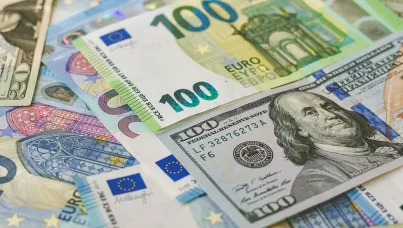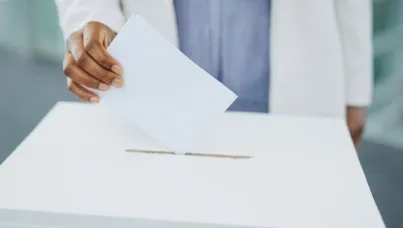Statement on Polling for the US Presidential Election
What we do know is that Donald Trump outperformed expectations in suburbia and rural America, while Hillary Clinton’s failed to energise her potential coalition. What’s clear today is that none of this was adequately reflected in the body of polling produced in the election; including the polling from Ipsos.
As to why the polling didn’t pick up on the combination of forces that lead to Trump’s victory, there are a number of theories being suggested today. Ipsos will conduct a thorough review of these theories along with some ideas of our own. We look forward to sharing what we learn.
However, our initial working hypothesis is that this year was impacted by especially low voter turnout.
At the moment, counts suggest that only 52% of eligible voters cast a ballot this time, compared to 59% in 2012. Our own public analysis predating the election showed clearly that an average (60%) to a high turnout election would favor Clinton, while a low turnout election would favor Trump. Our last polling assumed an average, but incorrect, turnout election (60%). We presented this analysis in the media and other public forums.
Ipsos believes that scientific, responsibly-done polls are a valuable tool for gauging public opinion and behaviour, including during elections.




